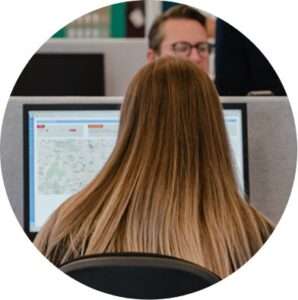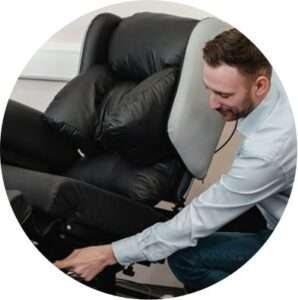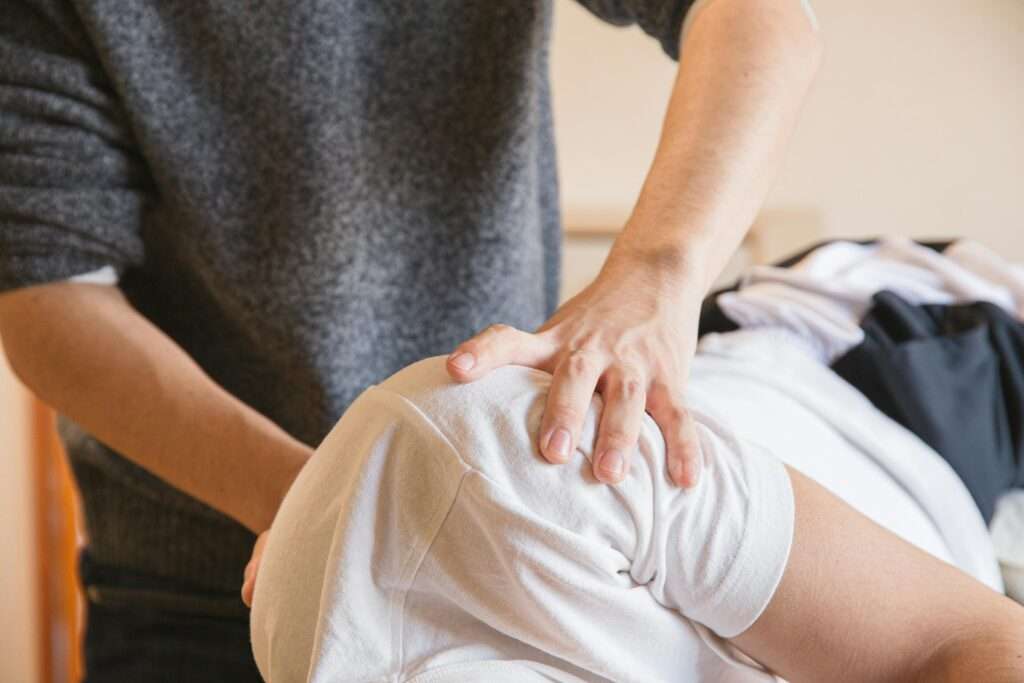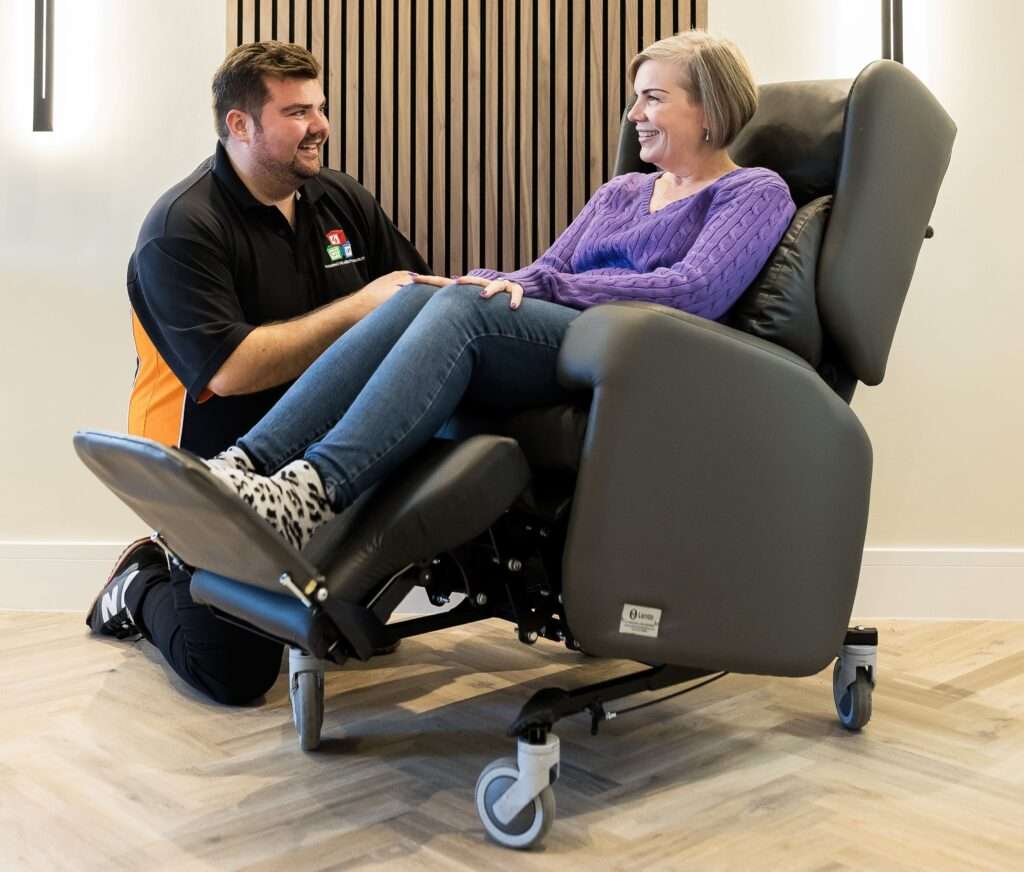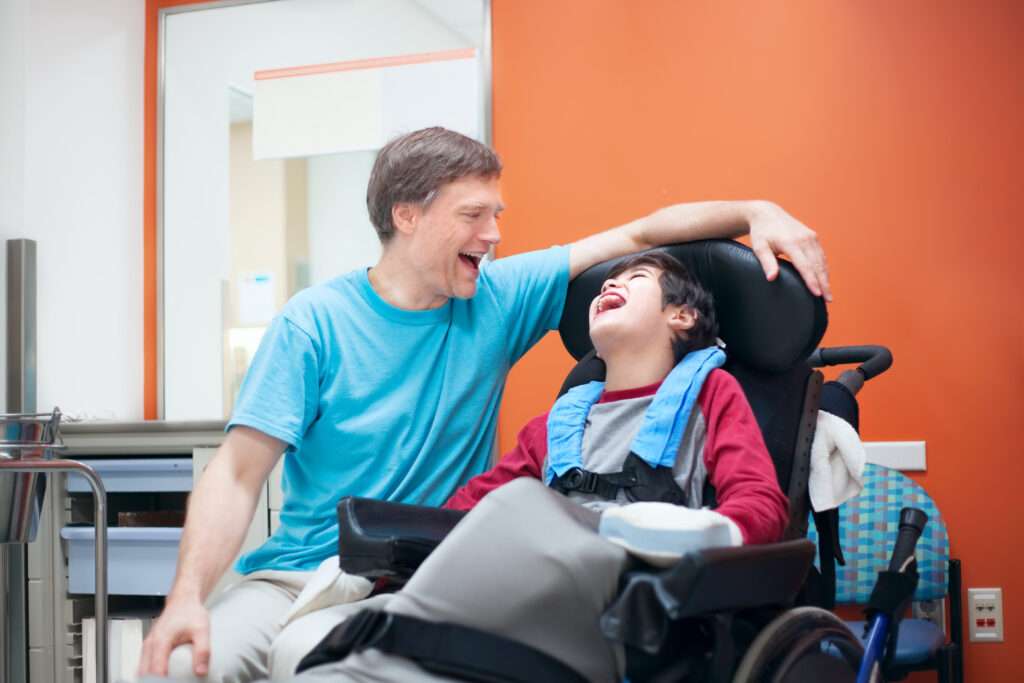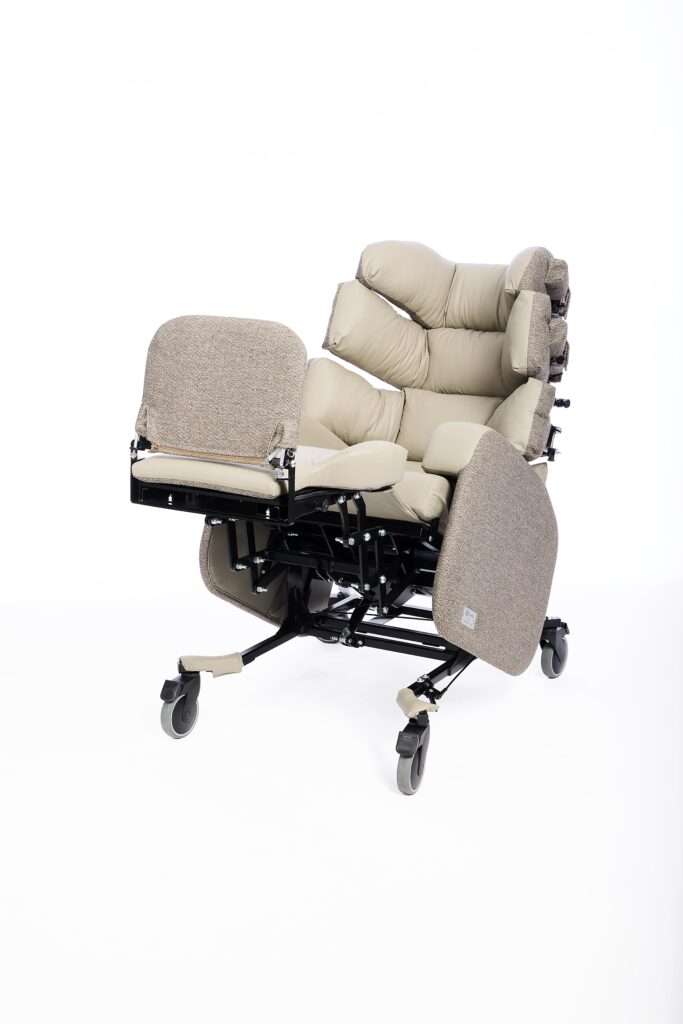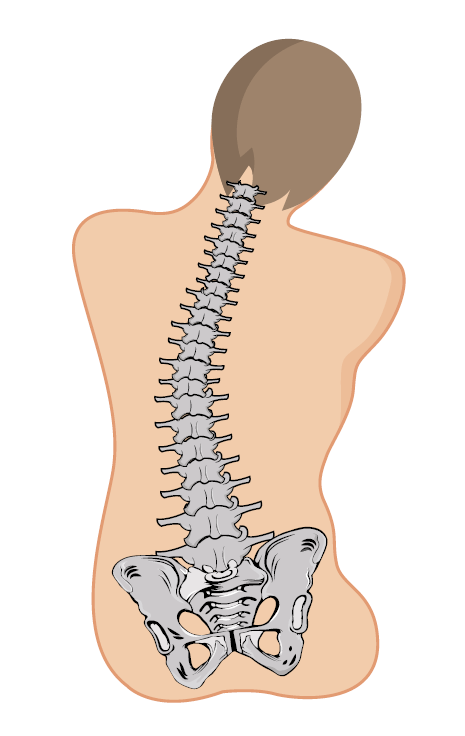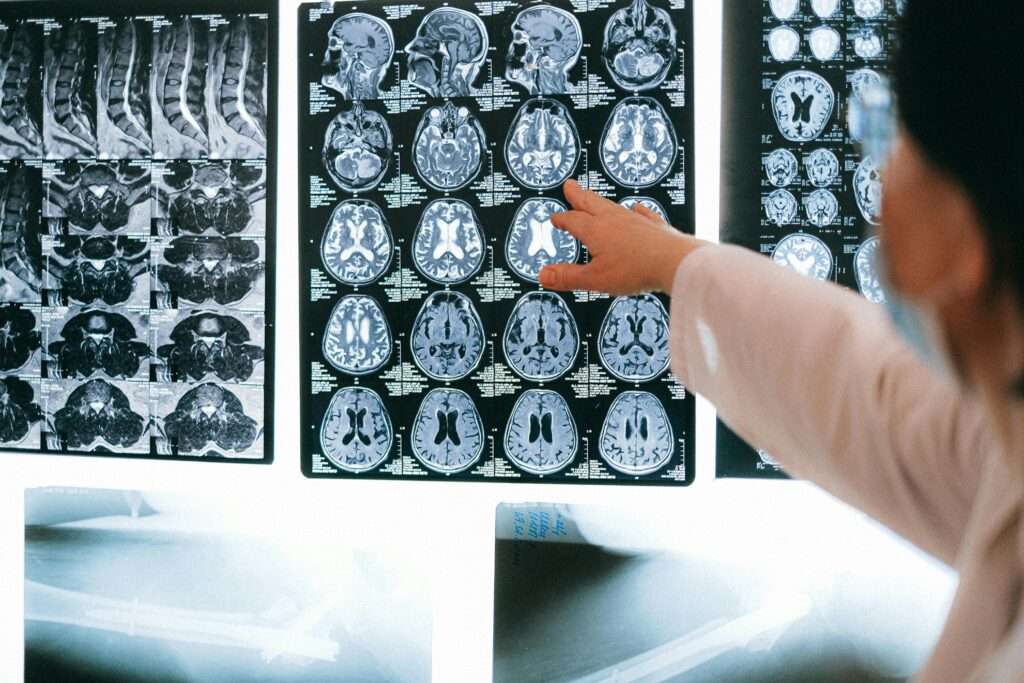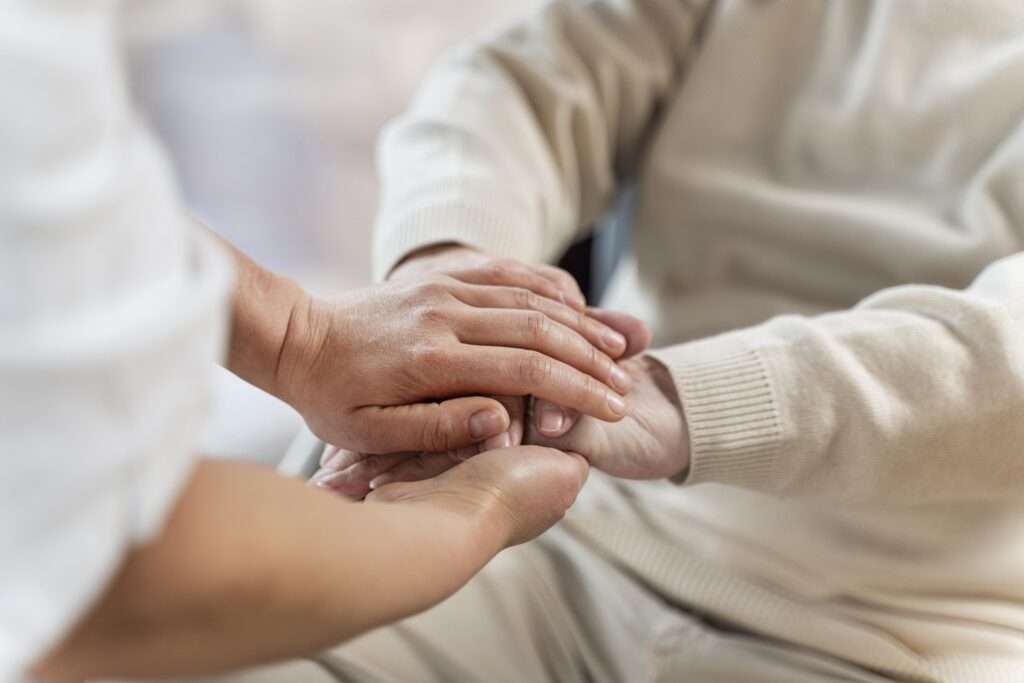Living with spinal stenosis can be challenging, especially when even sitting becomes a source of pain and discomfort. Whether you work long hours at a desk, spend time relaxing at home, or use a mobility chair, the way you sit can have a significant impact on your spine health. The right chair can help relieve pressure, encourage proper posture, and make daily activities much more comfortable.
This article explores what spinal stenosis is, how poor seating can worsen it, and what specific chair features can help you maintain better spinal alignment and reduce discomfort.
Jump straight to…
What is Spinal Stenosis?
Spinal stenosis is a narrowing of the space in the spinal column and vertebrae where the nerves and spinal cord pass through. This can be as a result of disc degeneration and bone arthritis in the spine. Both these factors restrict space in the spinal canal and openings in the spinal column, putting pressure on the spinal cord and nerves that travel through it.
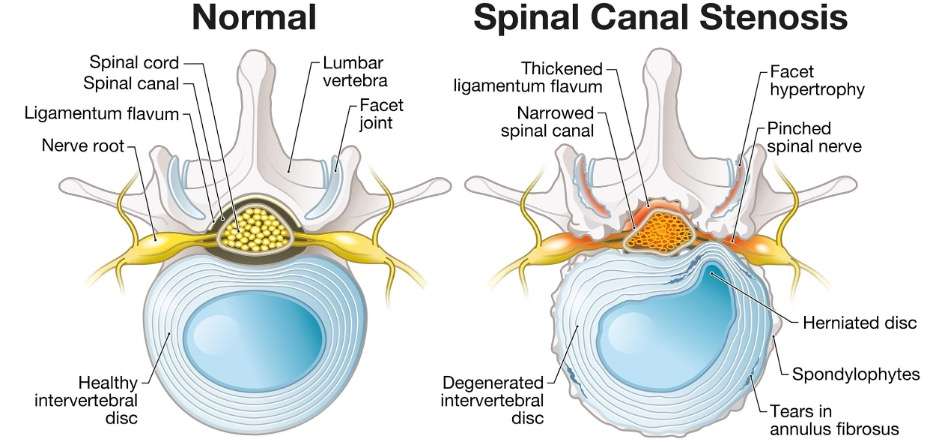
As the discs (pads that cushion the vertebrae) age and compress, increased pressure on the spine can cause herniated discs that bulge out, restricting space in the spinal canal.
Bone thickening in the spinal column and the growth of bone spurs on the vertebrae can also impinge into the spinal canal, restricting space.
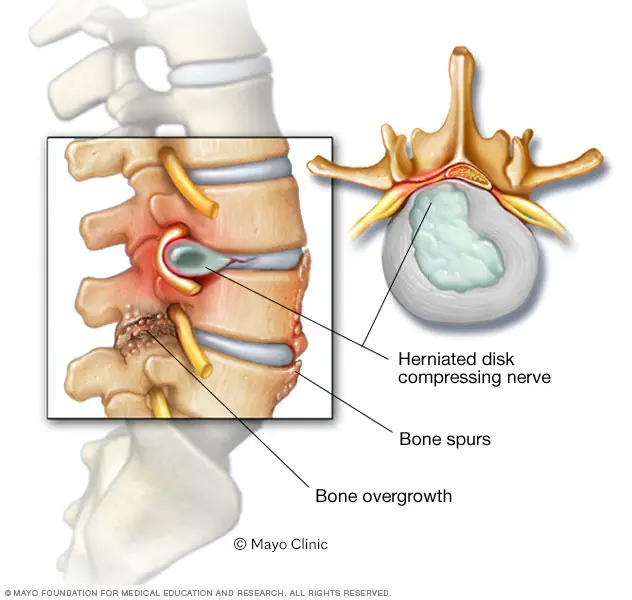
Symptoms of spinal stenosis can be pain in the lower back and legs, tingling, numbness and muscle weakness.
Spinal stenosis is most frequently seen in the lumbar (lower back) and cervical (neck) regions, and typically affects adults over 50 years of age. While it cannot always be completely reversed, posture correction and ergonomic seating can play a major role in managing discomfort and slowing progression.
Seating Factors to Avoid With Spinal Stenosis
Sitting for extended periods in a poor position places considerable stress on the spine. Below are the key seating factors that can aggravate spinal stenosis or contribute to spinal wear-and-tear over time.
Slumped posture
Prolonged sitting in a slumped or kyphotic posture, with the head and shoulders leading forward, puts uneven pressure on the discs in the spine and increased pressure on the outer edges of the discs. Over time, this pressure can accelerate disc degeneration, particularly in the lumbar region.
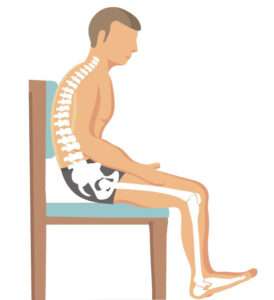
Kyphotic spine
Joint misalignment
When joints in the spine are misaligned, surrounding muscles must work harder to compensate. Some muscles become tight and overactive, while others grow weak and underused, resulting in muscle imbalance. This imbalance can cause discomfort, fatigue, and increased spinal strain, particularly in the lower back.
Muscle fatigue
Maintaining an upright posture requires continuous activation of the core and back muscles. If the chair lacks sufficient support, this can cause muscle fatigue from struggling to maintain an upright posture, leading to a slouched position.
Lack of lumbar support
One of the most common causes of sitting-related back pain is inadequate lumbar support. Without the right level of support in the lower back, the pelvis tilts backward (posterior pelvic tilt), flattening the natural curve of the lumbar spine. Over time, this leads to pressure build-up in the vertebrae and discs.
Adjustable lumbar support can be tailored to the right degree for each person, decreasing pressure in the lumbar area.
Seating Features That Help With Spinal Stenosis
Investing in a well-designed ergonomic chair can make a significant difference for individuals with spinal stenosis. Here’s some of the key features to look out for:
Adjustable lumbar support
Good lumbar support is crucial for maintaining the spine’s natural S-shape and prevents the pelvis rotating backwards.
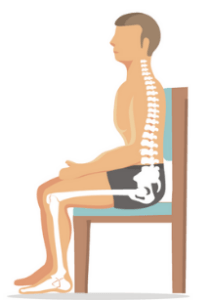
Maintaining an upright posture with good lumbar support reduces pressure on the vertebrae in the lumbar region, and supports the entire spine, reducing muscle imbalance.
The waterfall backrest, which is interchangeable across our Lento care chairs and riser recliners, has an adjustable lumbar support section.
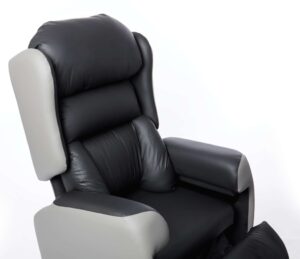
Waterfall lateral backrest – Lento Care Chair
The waterfall cushions can be moved up and down using the magnetic attachments, and the zipped sections opened to adjust the level of wadding depending on how much lumbar support you require.
Tilt in space
A tilt-in-space mechanism allows the entire seat and backrest to recline together while maintaining the same hip angle. This feature redistributes body weight more evenly, relieving constant pressure on the spine and improving blood circulation.
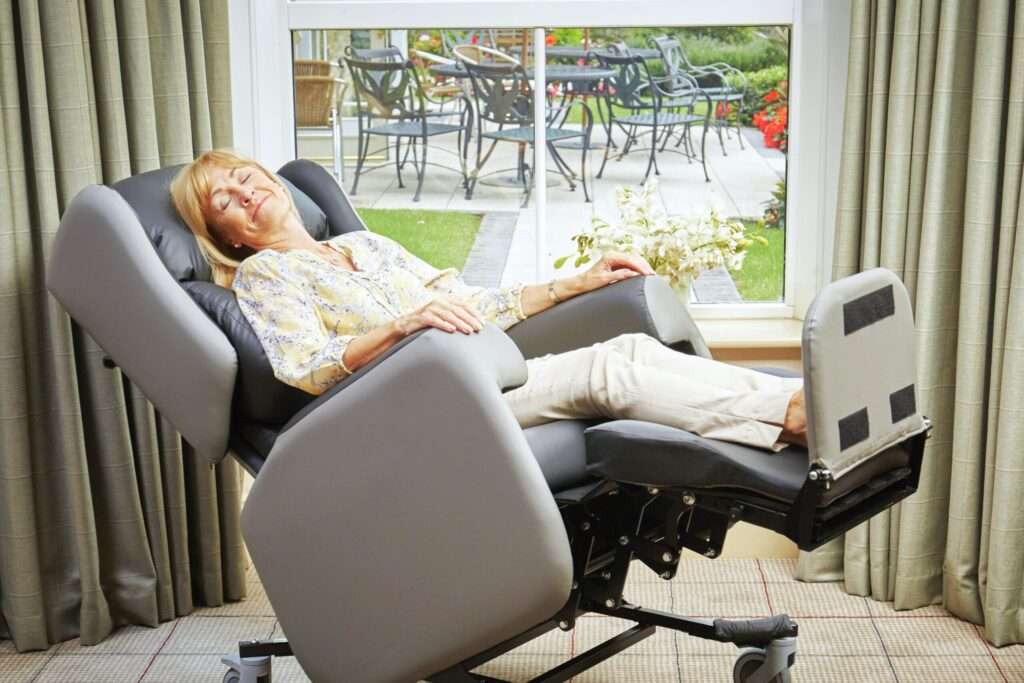
Tilt in space
The tilt-in-space function is available across our whole Lento range, either as manual or motorised action.
For people with spinal stenosis, this can mean significantly less muscle fatigue and greater comfort during long sitting sessions.
Tilt-in-space distributes pressure across the body, taking pressure off the spine and reducing muscle fatigue.
Adjustable Seat Depth and Height
A seat that is too deep forces you to slouch, while one that is too shallow reduces thigh support. An adjustable seat depth ensures your back is fully supported while your knees maintain a 90-degree angle. Similarly, height adjustability allows your feet to rest flat on the ground, keeping your pelvis in a neutral position.
All our Lento chairs have at least 4 inches of depth adjustment, and our Lento Care Chair has a height-adjustable footrest which allows users to tailor their seat-to-footrest height. All adjustments are done with simple pull-pins, no tools required!
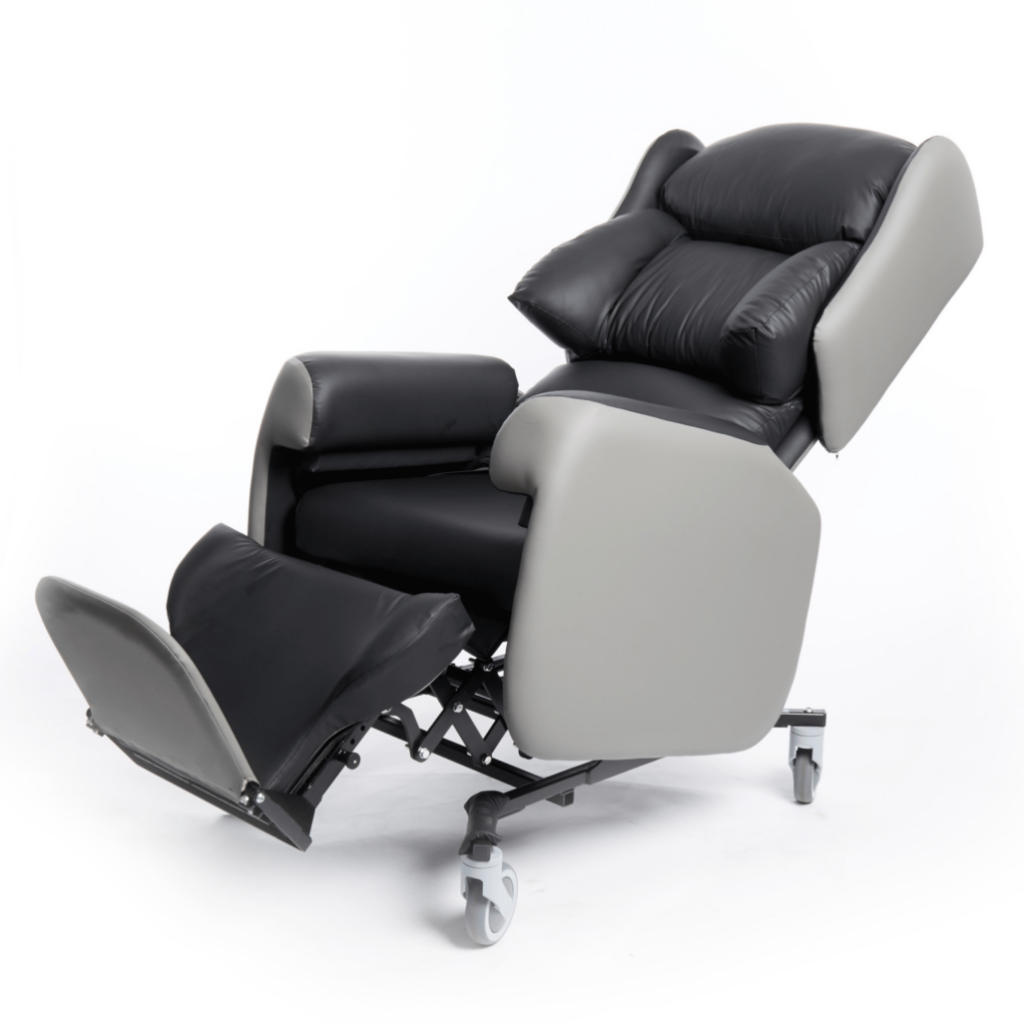
High-Density Cushioning
Cushions made from high-density foam or memory foam can adapt to your body’s contours, providing targeted pressure relief. They prevent excessive sinking, keeping your spine aligned throughout the day.
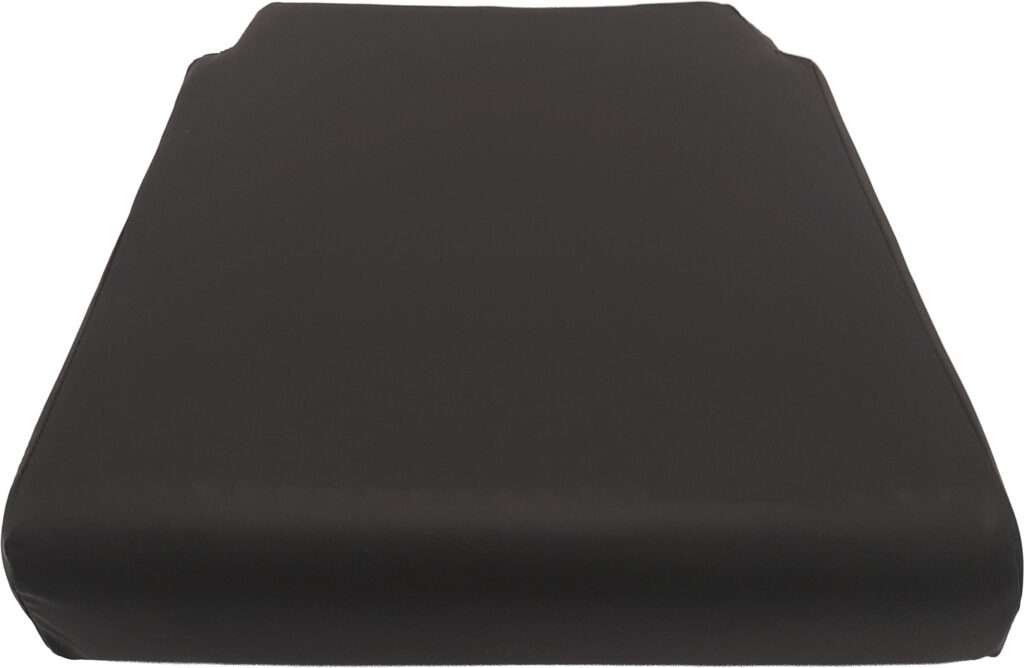
If you need to adjust the density of foam or upgrade to gel in your Lento seat base, the Lento picture frame cushion has a cut-out section which can be used to upgrade to a higher level of pressure relief.
Conclusion
The ideal chair should support the natural curves of your spine, reduce pressure on the lower back, and promote healthy posture.
When combined with regular movement, stretching, and strengthening exercises, ergonomic seating can greatly reduce discomfort and improve quality of life. Investing in the right chair is an investment in your long-term spinal health.
FAQs
What type of chair is best for spinal stenosis?
Look for a chair with adjustable lumbar support, tilt-in-space or recline function, seat height adjustment, and firm but supportive cushioning. Ergonomic office chairs or medical-grade recliners are often good options.
Is a recliner good for spinal stenosis?
Yes, recliners can be beneficial if they allow for lumbar support and gentle reclining that relieves pressure on the spine.
Should I sit or stand more with spinal stenosis?
A combination of sitting, standing, and gentle movement is best. Prolonged sitting or standing can both aggravate symptoms. Aim to change positions every 30–45 minutes.
How can I reduce spinal stenosis pain while sitting?
Use an ergonomic chair with lumbar support, sit with your feet flat on the ground, and avoid slouching. A small lumbar cushion or rolled towel can help maintain spinal curvature if your chair lacks support.
Can a bad chair make spinal stenosis worse?
Yes, chairs that lack lumbar support or promote slouching can increase pressure on the spinal canal, potentially worsening symptoms and accelerating spinal wear.

